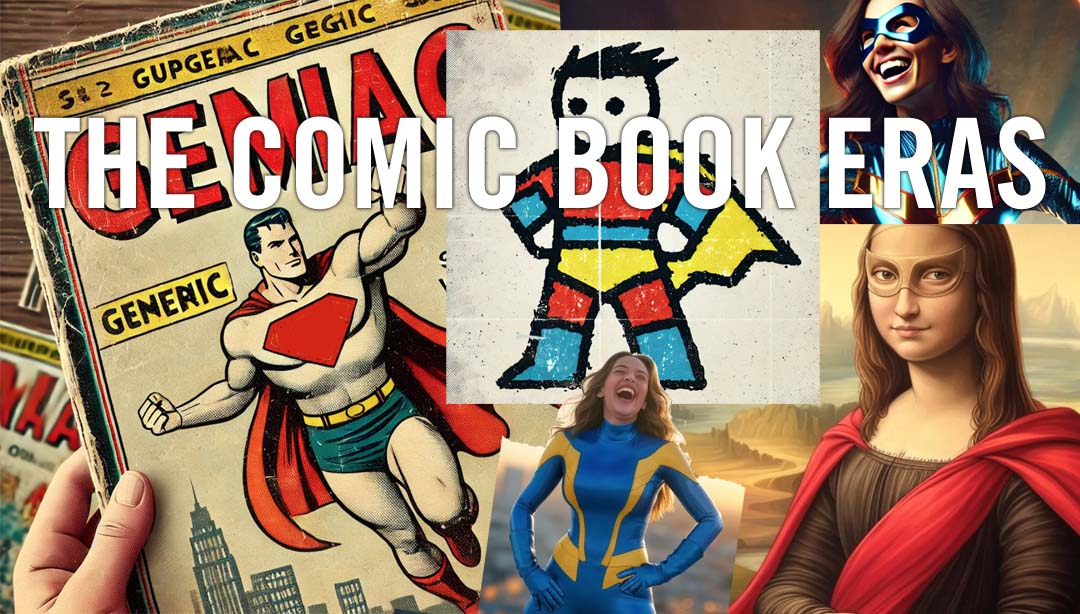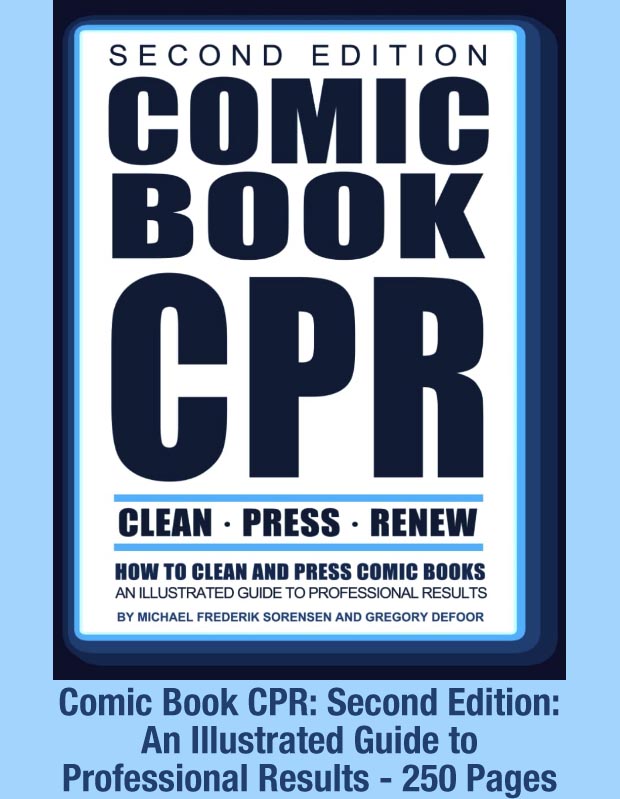The Great Comic Book Eras
A basic map of the major American comic book eras
Platinum Age (1897–1938)
The early history of comic books, starting with comic strips and collections of strips in book form. Predates the development of the superhero genre.
Golden Age (1938–1956)
Marked by the introduction of iconic superheroes such as Superman (1938), Batman (1939), and Wonder Woman (1941). This era subsequently saw the explosion of superhero comics.
Silver Age (1956–1970)
The revitalization of the industry, with a resurgence of superhero popularity. It began with the introduction of Barry Allen as The Flash in Showcase #4 (1956) and years later the creation of Marvel Comics' iconic characters like Spider-Man, the Fantastic Four, and the X-Men.
Bronze Age (1970–1985)
This era highlight was a socially conscious emphasis in storytelling and darker, grittier themes with stories that contained drug addiction, racism, and environmentalism.
Modern Age (1985–present)
Dark Age (1985–2000): A grittier and more cynical time, highlighted by works like The Dark Knight Returns (1986), Watchmen (1986–1987), and the rise of independent publishers such as Image Comics.
Renaissance or Digital Age (2000–2011): A focus on more complex storytelling and the rise of digital comics. Marvel's Ultimates line and DC's Identity Crisis are emblematic of this period.
Contemporary Age (2011–present): Marked by reboots like DC's New 52 (2011) and later Rebirth (2016), along with Marvel's increasing emphasis on cinematic tie-ins and diversity in character representation.
Box Office July 19, 2023 – The Flash sinks like a stone

Original Page January 23, 2025


